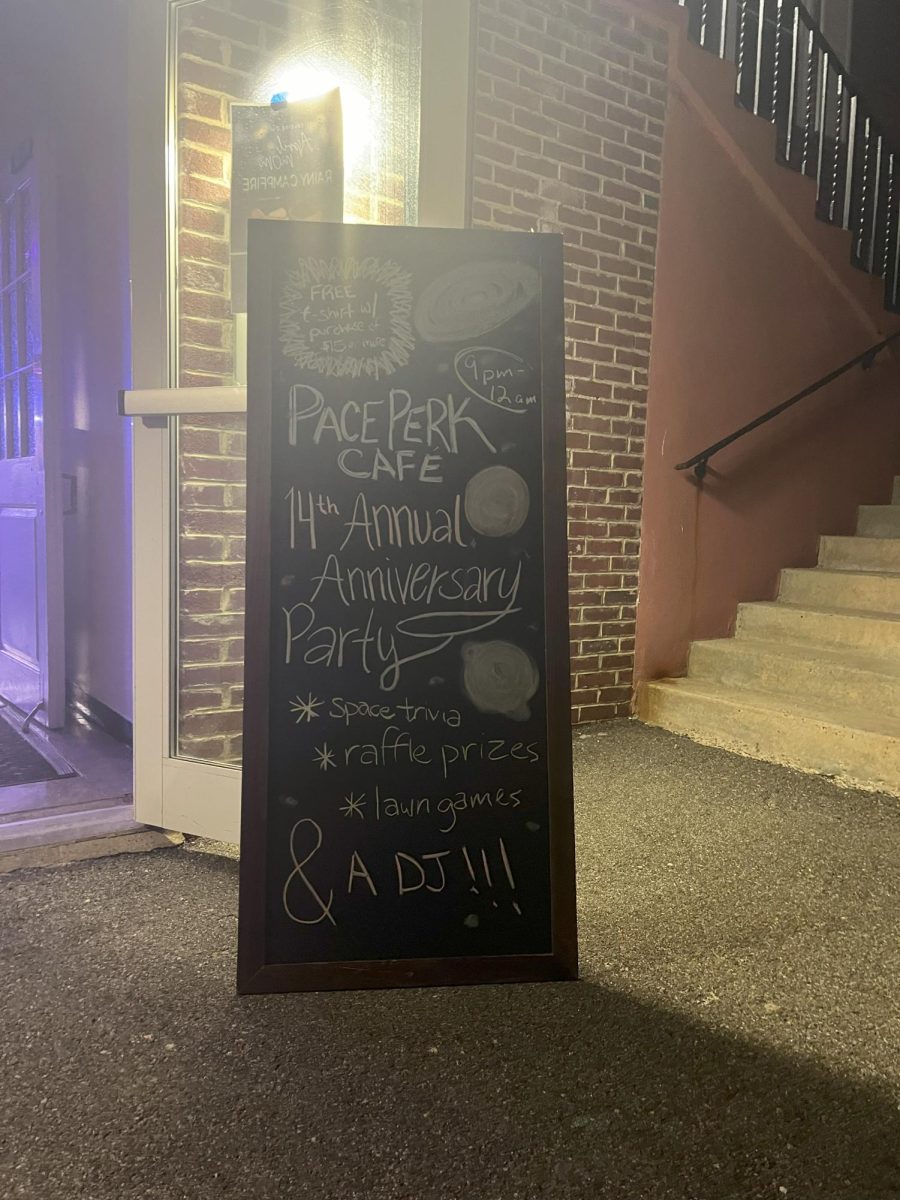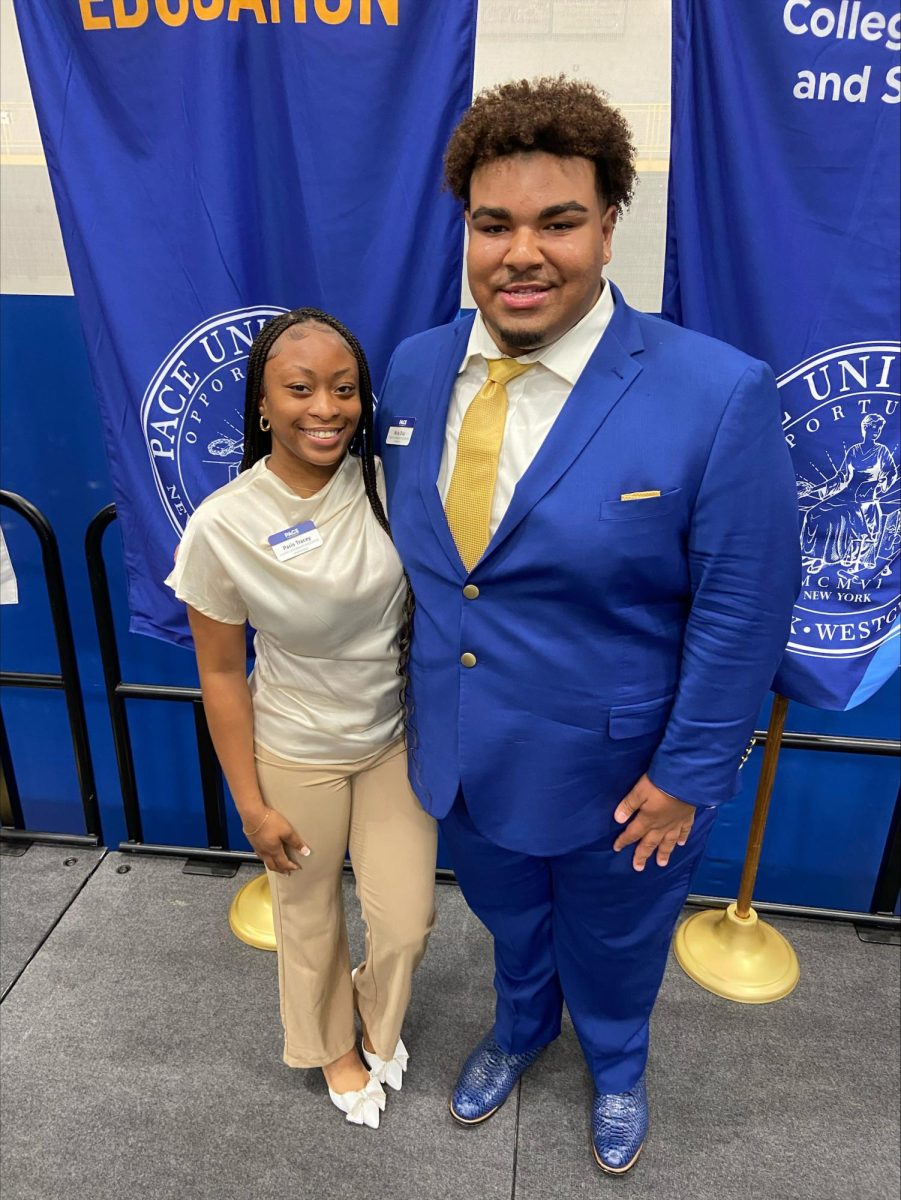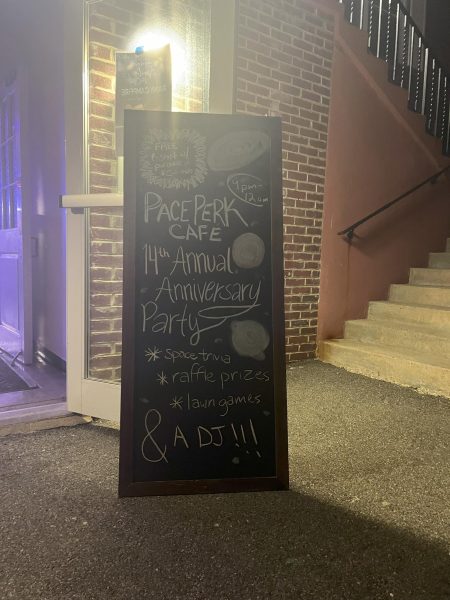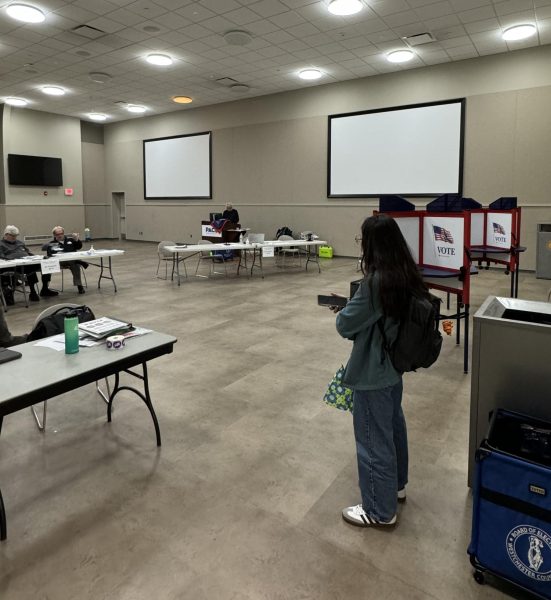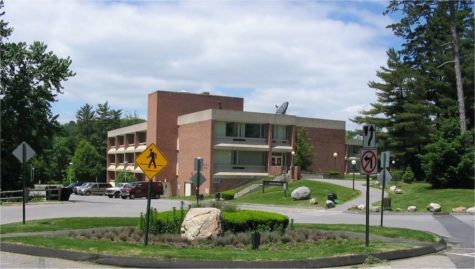Student Retention Discussed at Semester Town Hall Meeting

Dr. Maxim presented a proposed retention plan at the Oct. 16 meeting.
October 23, 2014
The Town Hall meeting was held Thurs. Oct. 16 in Goldstein Fitness VIP room in order to present ideas regarding the correlation between student experience and retention last year.
A slide show presented student quotes of concern and approval regarding current university academic programs and courses, administrative response, and utilities available to students. Some of the student quotes voiced concern including the lack of aid to Dyson College of Arts and Sciences students, poor professors providing little student aid, and engaging programs.
Dr. Sue Maxam, Assistant Vice President of Undergraduate Education, presented a proposed retention plan that has 50 students, faculty, and staff collaborating to create over 50 initiatives in order to help increase student retention.
Based on reports regarding retention plans, in general, much of student retention is due to financial, academic, and social issues.
According to the National Center for Education Statistics, retention for full-time first year undergraduate students between the Fall 2012 and Fall 2013 semesters was 76 percent.
The committee that is drafting the retention plan will not be finalized until they have completed their “retention road show,” in which they will be presenting the plan at various venues and to multiple audiences including students, faculty, staff, the Board of Trustees, the president, and the Provost.
“Once we are done and are able to incorporate the recommended changes, we will finalize the retention plan,” Maxam said. “Having said that, we are in the process of already implementing a number of the initiatives, especially those not requiring any funding and that are more programmatic in nature just so we can get the ball rolling.”
Some of the ideas that may be included in the retention plan involve first year advising, more learning communities, increased academic excellence recognition, co-curricular experiences, and communal space on the New York City campus.
“If a child can’t learn the way we teach, maybe we should teach the way they learn,” was just one of the quotes that the retention plan committee incorporated into their presentation.
A finalized version of the retention plan can be expected soon, and for any student, faculty, or staff member interested in learning more about the retention plan, one should contact Dr. Sue Maxam.

